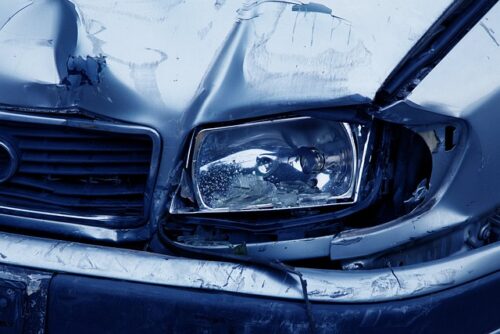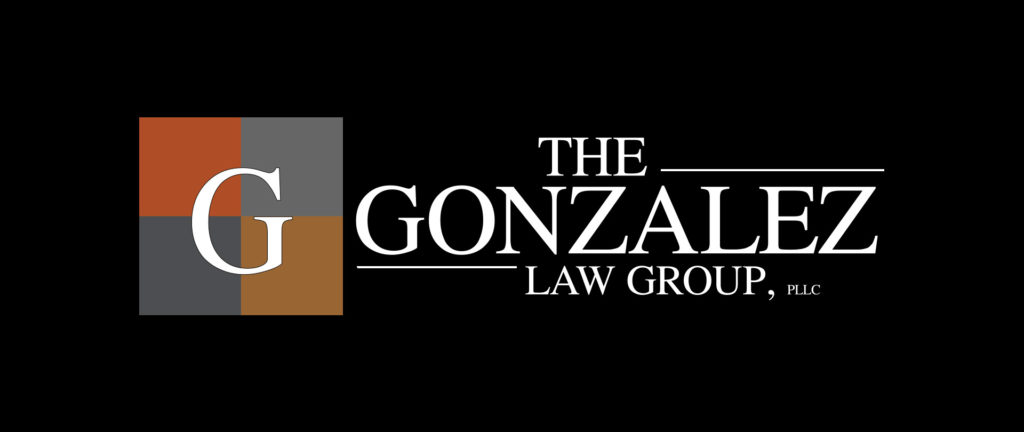
Though often nothing more than an inconvenience while on your morning commute or running errands, a rear-end collision can cause severe damage. Many assume these accidents are cut and dry, but determining liability is not always as straightforward as they may think. If injured in a collision, knowing how to proceed is vital. Keep reading to learn what you should do following a rear-end collision and discover how a Houston car accident lawyer can help you through this process to receive the compensation you deserve.
What Constitutes a Rear-End Collision?
Rear-end collisions are some of the most common accidents that occur on the roads. These generally involve two cars and happen when the vehicle at the rear collides with the one in front of it. Essentially, when the front bumper of one car crashes into the rear bumper of the one in front, it constitutes a rear-end collision. In some instances, it can cause a chain reaction in which the vehicle that is struck then hits the one in front of it due to the force with which it was struck.
These accidents typically occur in lower-speed areas like parking lots, stop signs, and traffic lights. However, they can occur at higher speeds, like on highways.
What Injuries Can Result?
There are a number of injuries that can occur as a direct result of a rear-end collision. While these incidents are often minor, they can be severe in nature. Generally, rear-end accidents often cause whiplash, which is a neck injury. This occurs when your head is forced forward very quickly, before whipping back.
Similarly, you can find that you can suffer head injuries as you may hit your head on the various hard surfaces around your car. Traumatic brain injuries can result from this hard contact.
Who Can Be Held Liable?
Determining liability in these instances can be challenging as there are many circumstances that can influence the outcome. Generally speaking though, the driver at the back of the collision is typically liable. This is because it is their responsibility to maintain a safe following distance from the vehicle in front of it. Similarly, they must pay attention to the road head, like braking when the car in front of them does.
However, it’s not always the sole responsibility of the driver at the back of the crash. If the driver at the front “brake checks” or suddenly hits their brakes when there is no reason to, the driver at the back of the collision may not have time to react. Similarly, if the driver does not use their turn signal when switching lanes, the driver at the back may not realize until it’s too late they are going to collide with the other vehicle.
When you’re hurt in an accident, the Gonzalez Law Group is ready to help. Our dedicated legal team will do everything possible to help you recover the compensation you deserve. Contact us today to learn how we can help you.


